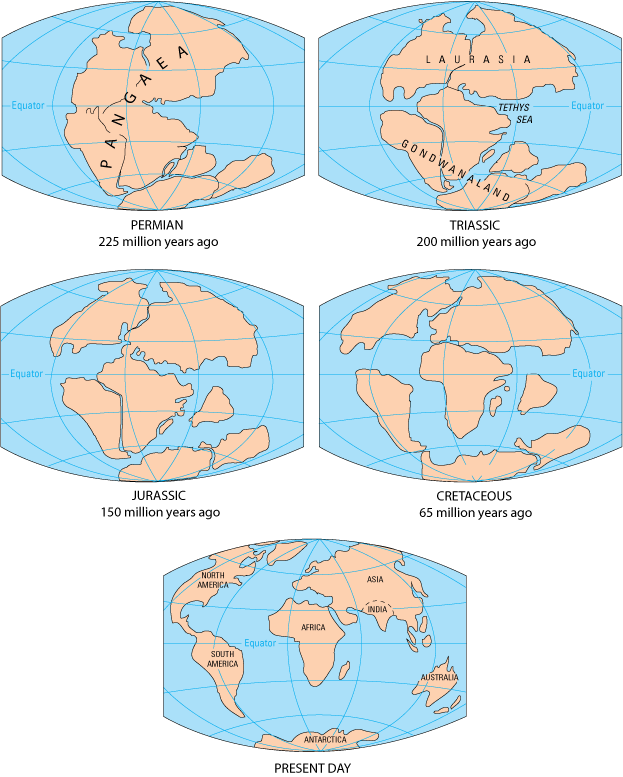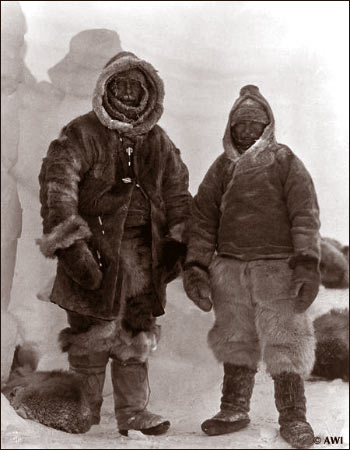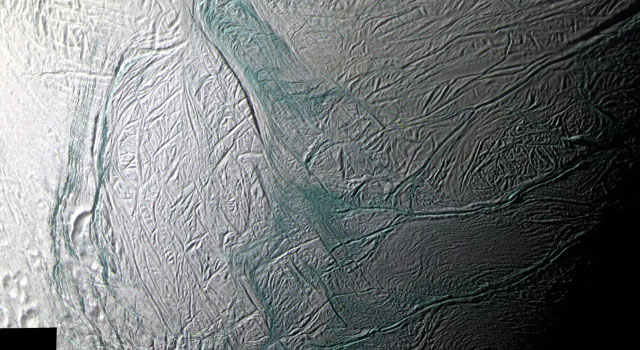What is continental drift?
Continental drift may be a term that is more relevant to geologists than astronomers, but it’s very important in looking at the science of how the surfaces of planets form and it’s a big part of planetary science studies.
The development of the theory of continental drift, is a very good example of how the process of science works, or at the very least should ideally work. Here’s a great example where a number of scientists worked on the questions of ‘moving continents’ over a period of time and bit by bit they added to what came before them and got to the end with the right answer. There were a few missteps along the way but the discovery of continental drift is a geologic version of ‘standing on the shoulders of giants’…
The term ‘continental drift’ is a description of how the continents, that were 200 million years ago one large landmass (that we now call Pangaea), have drifted away from each other. Continental drift is induced by plate tectonics, the geologic movement of 15 large plates.
The idea of ‘continental drift’ has a very long history with the first recorded comments by Abraham Ortelius in his 1596 Thesaurus Geographicus, in which he suggested that the continents had ‘torn’ away from each other, as a result of earthquakes and floods.
Unfortunately the idea wasn’t bought up again in any serious way again until the 1880’s when Roberto Mantovani was working on an island in the Indian Ocean, and happened to observe volcanic fractures on the island. He realised that all continents may have gone through the same process globally, to create separate continents. He published his ideas in 1889 – but they didn’t generate an enormous amount of interest at the time.
Following on from Mantovani, William Henry Pickering, in 1907, speculated in his work ‘The Place of Origin of the Moon- The Volcani Problems’, that forces pulled apart the continents of America, Asia and Africa. Pickering suggested the moon was the cause of the moving continents.
In 1908 Frank Bursley Taylor, a wealthy American amateur geologist, noted the coincidence that the continents looked like they might once have been located together, and perhaps continents had moved around. He didn’t have a fully developed idea, and was not taken seriously.
However, in 1915, Alfred Wegener picked up Taylor’s ideas and developed a hypothesis. Wegener noted that he wasn’t the only scientist to work on the idea, and gave credit to earlier work on the topic. Wegener was, however, the first to coin the term ‘continental drift’.
Wegener not only thought that the continents had originally been one land mass, he also coined the term ‘Panagaea’ and publishedhis work in a book called ‘The Origin of Continents and Oceans’.

Continental Drift. Image courtesy of http://geologyfreak.wordpress.com/
In his book Wegener argued that the location of fossils, marsupials and flora and fauna that turned up on both sides of the continents as evidence they once were one landmass. Unfortunately Wegener’s book didn’t gather much attention until the 1920’s, when there was much discussion about continental drift, and if the continents moved up and down as well as sideways.
Wegener’s ideas were sidelined, whilst Austrian Edward Seuss then proposed the theory of ‘baked apple’ earth. The theory essentially said that the molten earth’s surface wrinkled like a baked apple, as it cooled down. His theory was widely discredited at the time.
Now…. this is where the story gets interesting, and when I was reading up on the topic, I knew I had read about it somewhere else some time ago. After a bit of scrabbling around in my library I realised I’d read it in Bill Bryson’s ‘A Short History of Nearly Everything’ – which, incidentally, is a pretty interesting read. Basically Bryson notes that Wegener made the ‘discovery’ of continental drift (even though he was wrong in some elements), but over the next 30 years or so other scientists did their best to develop other ideas to prove him wrong. Why? Because Wegener was a meteorologist, not a geologist…
At the time Wegener published his ideas the prevailing theory was that the oceans and continents were permanently fixed to the earth. Unfortunately although Wegener had the right idea he wasn’t able to explain why the crust moved, and what force was strong enough to move such large land masses. Wegener continued to pursue his theory, however he died in 1930 in an expedition to Iceland, seeking more evidence for his theory.

Last known picture of Wegener in Greenland with a guide 1930. Courtesy of http://earthobservatory.nasa.gov/
The end result is that although Wegener first suggested continental drift in 1915 it wasn’t until 1944 that Arthur Holmes published a book in favour of the theoryof continental drift, expanding on Wegener’s ideas and fleshing out the actual mechanism for the continental drift, something Wegener couldn’t explain.
Even after Holmes had essentially proven the theory of continental drift, it was still a very unpopular idea. Although the publication of papers in the 1950’s proving the existence of plate tectonics helped people understand the mechanism behind continental drift – there was still some skepticism.
As an aside, despite Holmes’ book, rival geologist Charles Hapwood published a book in 1955 dismissing the idea of continental drift all together. Incidentally Albert Einstein wrote the forward to Hapwood’s book.
Isn’t science fascinating?!
Sharon
This article was written for Astro Space News and appears here.








